This week we’re talking about everyday ways to build a literacy foundation.
We believe that simple practices create lasting foundations. School readiness and life readiness go hand in hand. So why not begin blending the two when children are young?
Literacy building blocks are some of the easiest readiness components to blend into the everyday. Which is good. Because a strong literacy foundation lays the groundwork for so much of learning!
Before we begin, know that literacy readiness does not mean your kindergartener is reading. Rather, it means that he or she should have a “pre-reading” foundation in place.
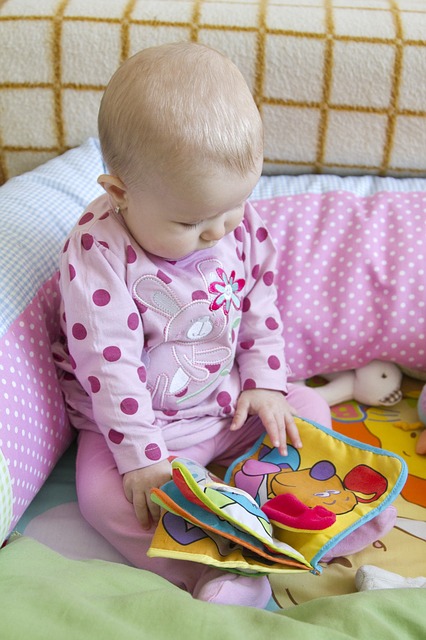
Do they show interest in books and reading?
Do they know that printed words have meaning?
Do they recognize some upper and lower case words and sounds?
Here are 7 everyday ways to build a literacy foundation with the young children in your life:
1. Read to your child early and often.
You can begin reading to your child even when he or she is a baby. “Talking is teaching.” Reading aloud to children is a message that can’t be repeated often enough. If you only incorporate one thing on this list, make it this one! Here are some simple read-aloud tips to get you started.
2. Point out letters wherever you see them: on the cereal box, on signs, in books.
Repetition is key. And believe it or not, young children love repetition! {“Read Curious George AGAIN, Mommy!}
3. Practice phonics. “There’s an A. The A says /a./”

We LOVE this fun and simple two-page sheet from Zoo Phonics. Each letter has its proper sound, a coordinating animal, and associated body signal to reinforce phonics through sight, sound, movement, and association.
4. Make books available all the time.
Book baskets in the living room and a book tote to keep in the car communicate that reading is an important part of your world.
5. Visit the library often.
Children LOVE the library. And libraries love children.
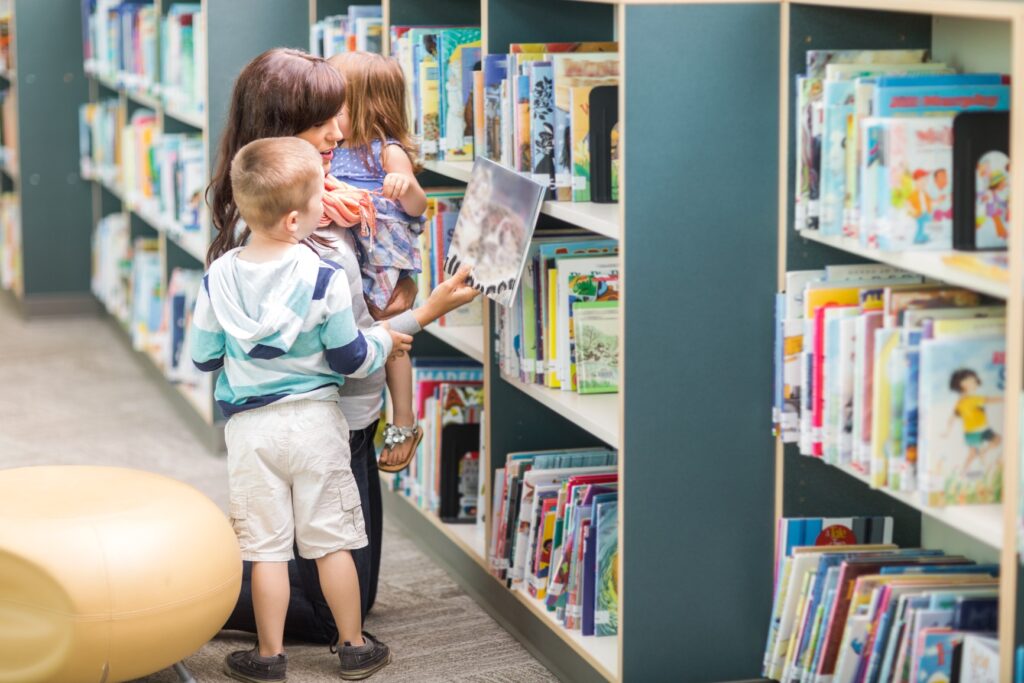
Not only can children begin to fill up their own library bags from an early age, they can also enjoy the fun and play surrounding literacy. If you’re a stay-at-home or work-from-home parent, take advantage of the many preschool opportunities that our own library system has to offer!
6. Have your child retell stories.
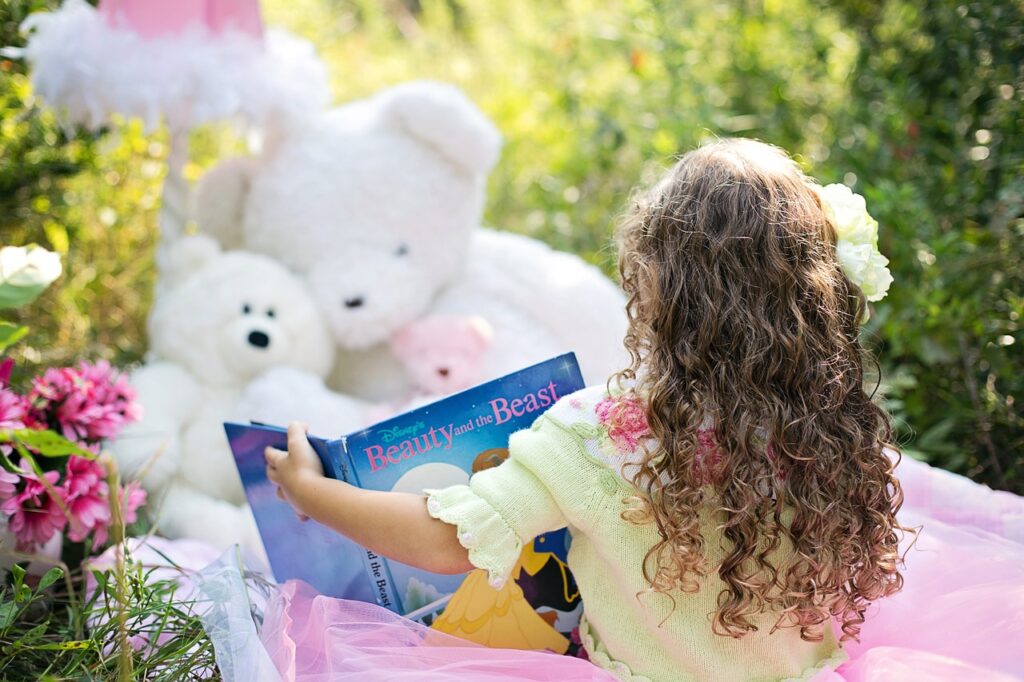
Now that we’ve established the priority of books, let’s go a step further. Retelling a story back to you {called “narration”} is a wonderful tool for language development. Let them go back through the book, using pictures to help them. As they mature, so does their ability to retell a story back to you!
7. Have conversations with your child.
This sounds too simple to be valid but conversation is actually a crucial literacy building block. In an age when children can be captivated by a screen from birth and parents can be more in tune with their iPhone rather than with people, we must recover real face-time with our children.
Talk to your child as a capable person, not as a baby. Ask questions. Leave time for responses. Look them in the eye. Ask them what they think about something. Require that they use words {when they’re old enough} to seek help and solve problems.
Remember to keep things simple and fun. If practicing skills becomes stressful for you or your child, take a break or dial it down a notch. Let your child’s curiosity and natural love of learning and repetition guide your efforts!
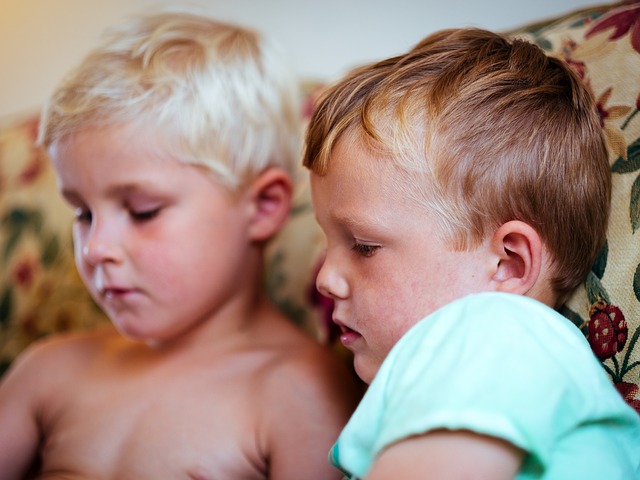
These are just a sample of everyday ways you can lay a foundation for language and literacy with the young children in your life. If you’re curious about proven school readiness components, learn more from [I CAN]’s Profile of the Ready Kindergartener: Language and Literacy Development.
While literacy is important, don’t make the little years harder than they need to be. We prepare children for school in the same way we prepare them for life, using real life tools, daily rhythms and everyday experiences.
In the words of Benjamin Franklin,
“Tell me and I forget. Teach me and I may remember. Involve me, and I learn!”
/////
Others Posts You May Enjoy on This Topic:
Why Reading to Your Child Matters More Than You Think! Plus a Few Helpful Tips
A Free Reading Calendar to Keep Your Young Child Learning All Year Long
Reading Aloud 101: 4 Simple Tips to Create Meaningful Read-Aloud Times for Young Children
How the Library Gets Your Kids Ready for School
Why Reading to Your Child Matters More Than You Think {plus a few helpful tips}
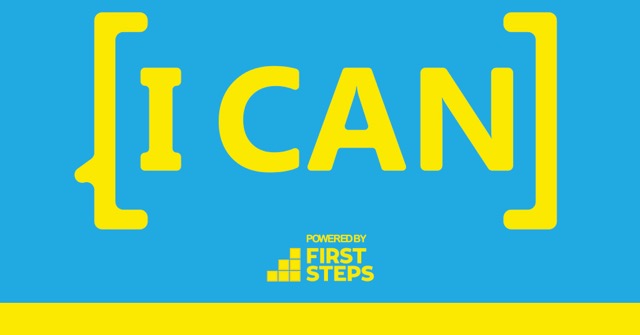 This post is part of the I CAN campaign, a statewide initiative to encourage school readiness across South Carolina. Social media, billboards, I CAN signs in our communities, and our op-ed piece in The Greenville News have been spreading the word about the importance of readiness foundations and everyday ways we can all play a part in getting our youngest learners ready for school.
This post is part of the I CAN campaign, a statewide initiative to encourage school readiness across South Carolina. Social media, billboards, I CAN signs in our communities, and our op-ed piece in The Greenville News have been spreading the word about the importance of readiness foundations and everyday ways we can all play a part in getting our youngest learners ready for school.
Other posts in the “[I CAN] be ready for school” series:
fine motor skills {like coloring and cutting with scissors}
gross motor skills {like jumping and running}
simple ways we can build math foundations
{If you want to know why readiness is so important, click here.}
////
If you’d like to know everyday ways that you can nurture the young children and their families in your life, subscribe to our blog where we provide FREE tips and everyday encouragement! {You can do that in the top right sidebar of the blog.}
We love hearing from you! What’s your favorite way to connect with the young children in your life through books?
You can add a comment here on the blog or chime in on our Facebook or Twitter pages. Follow us on Pinterest for more inspiration and ideas!

